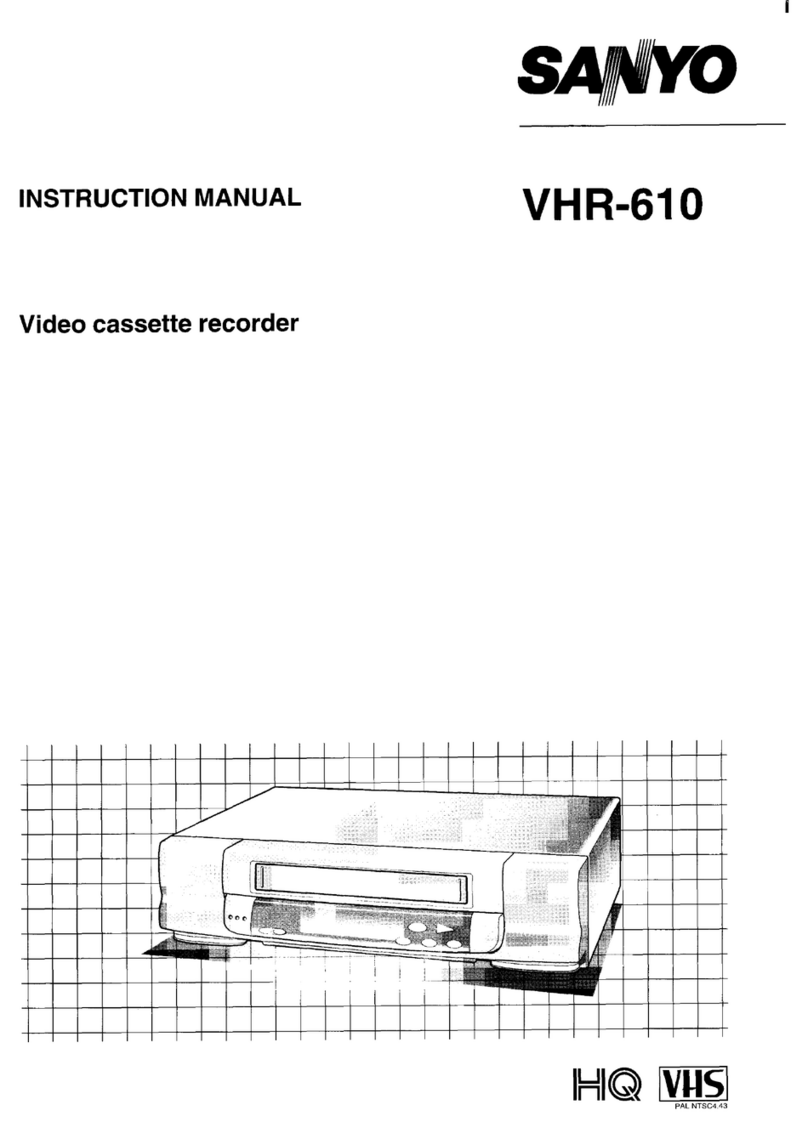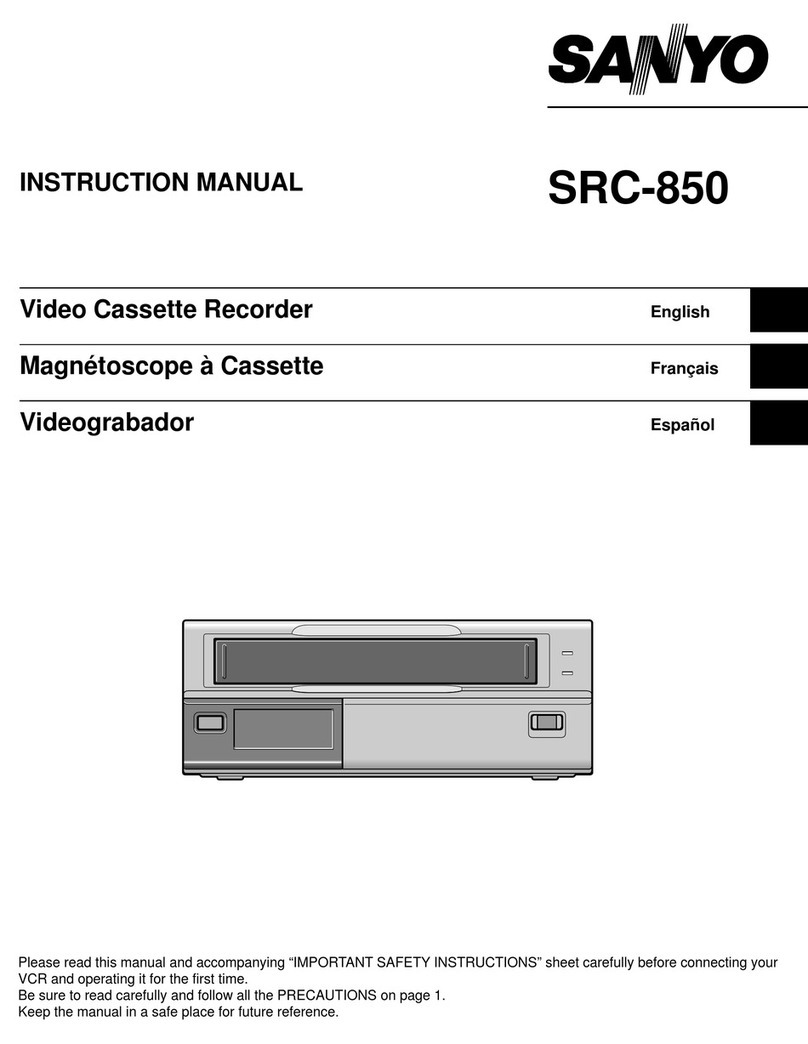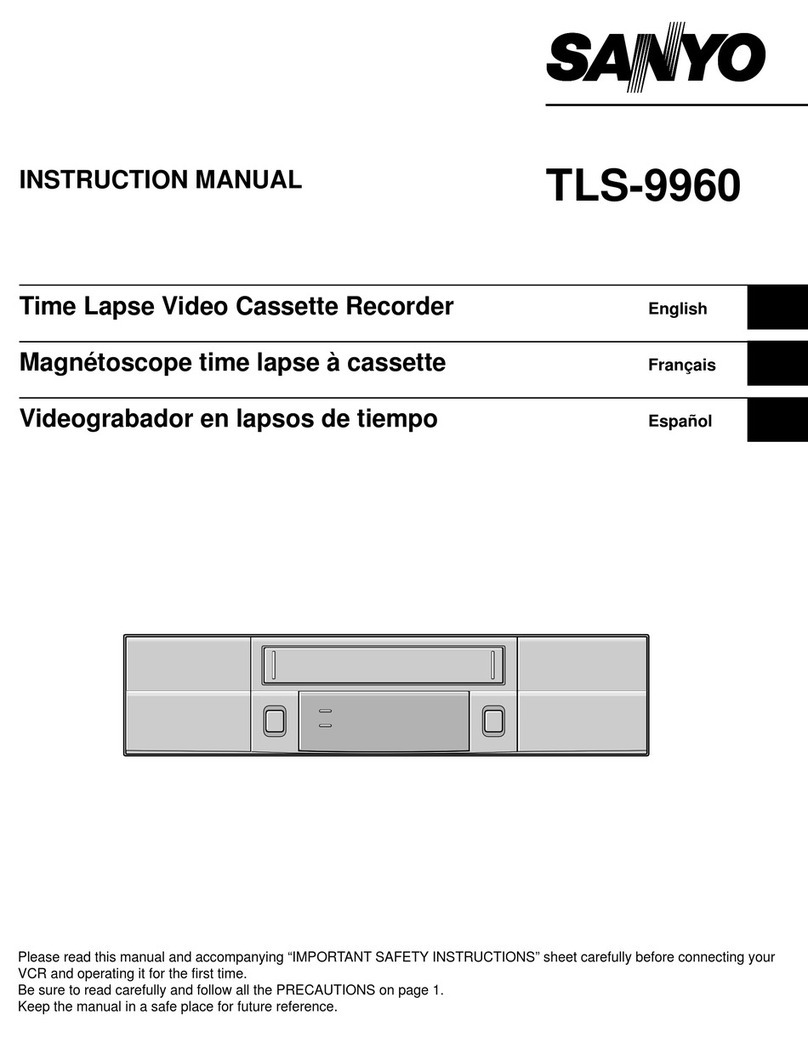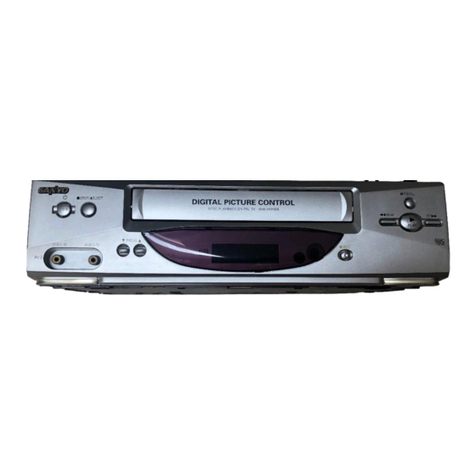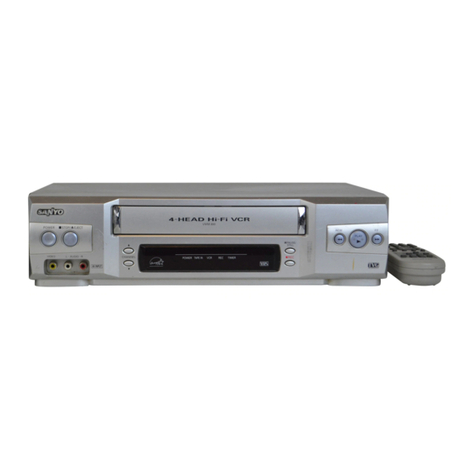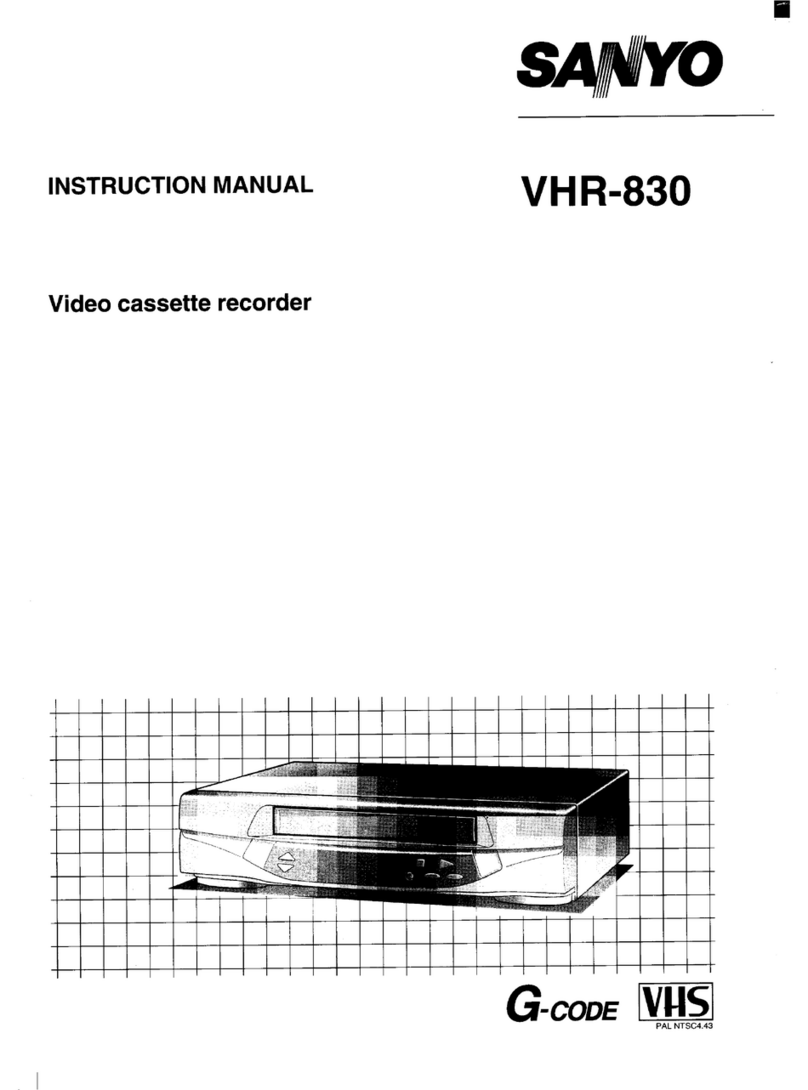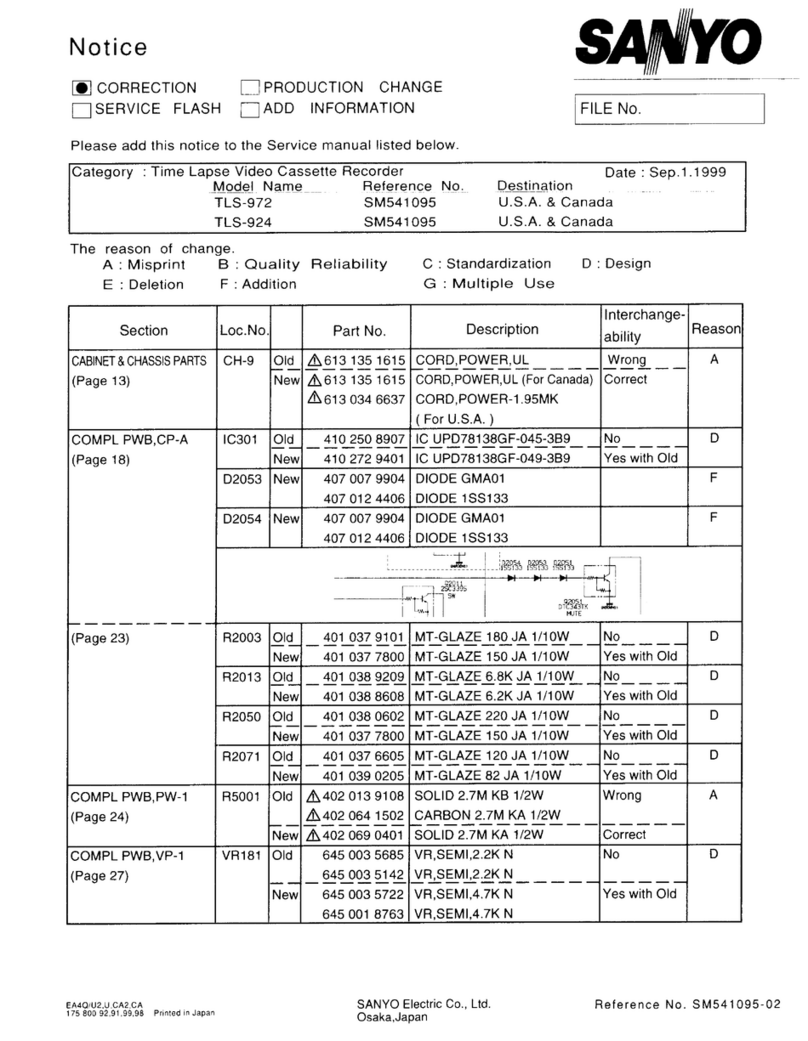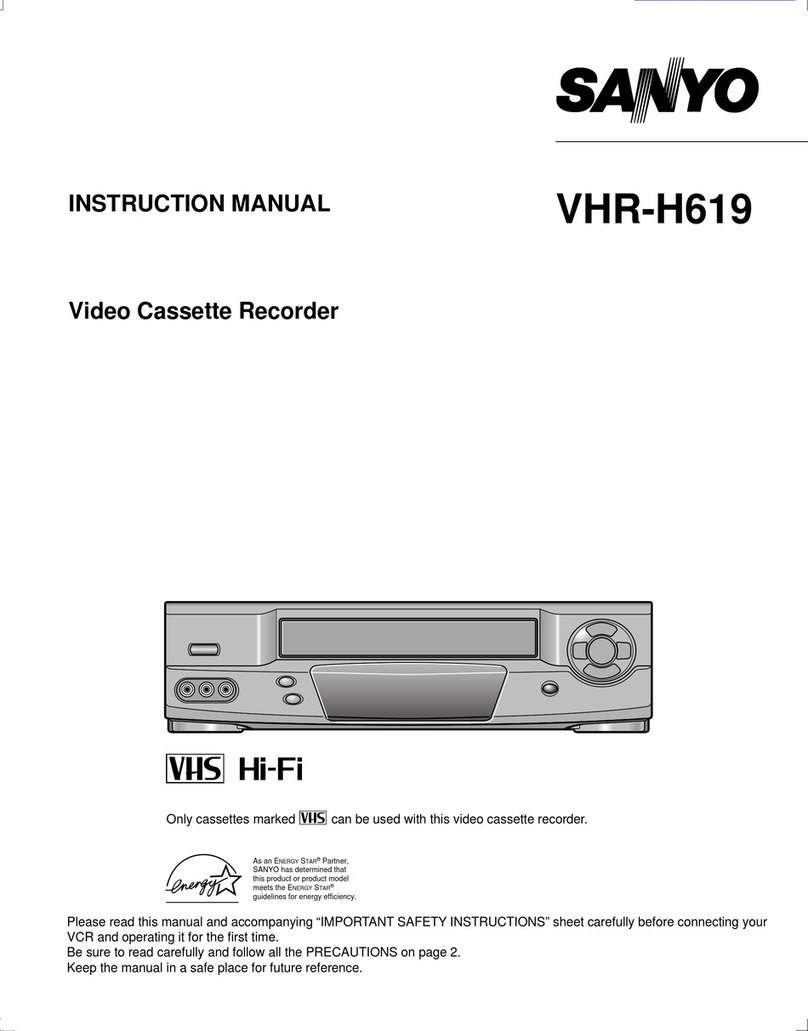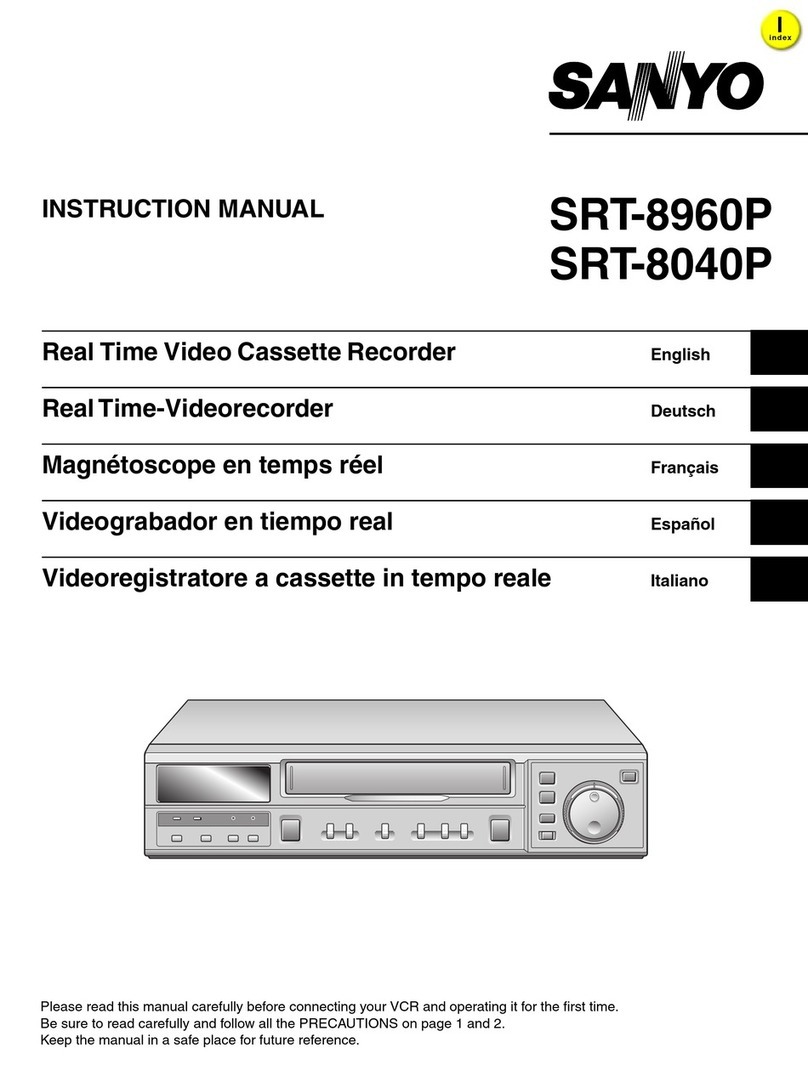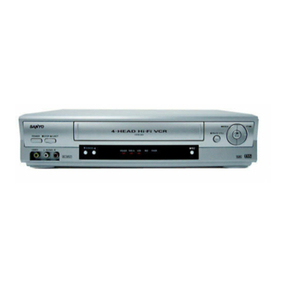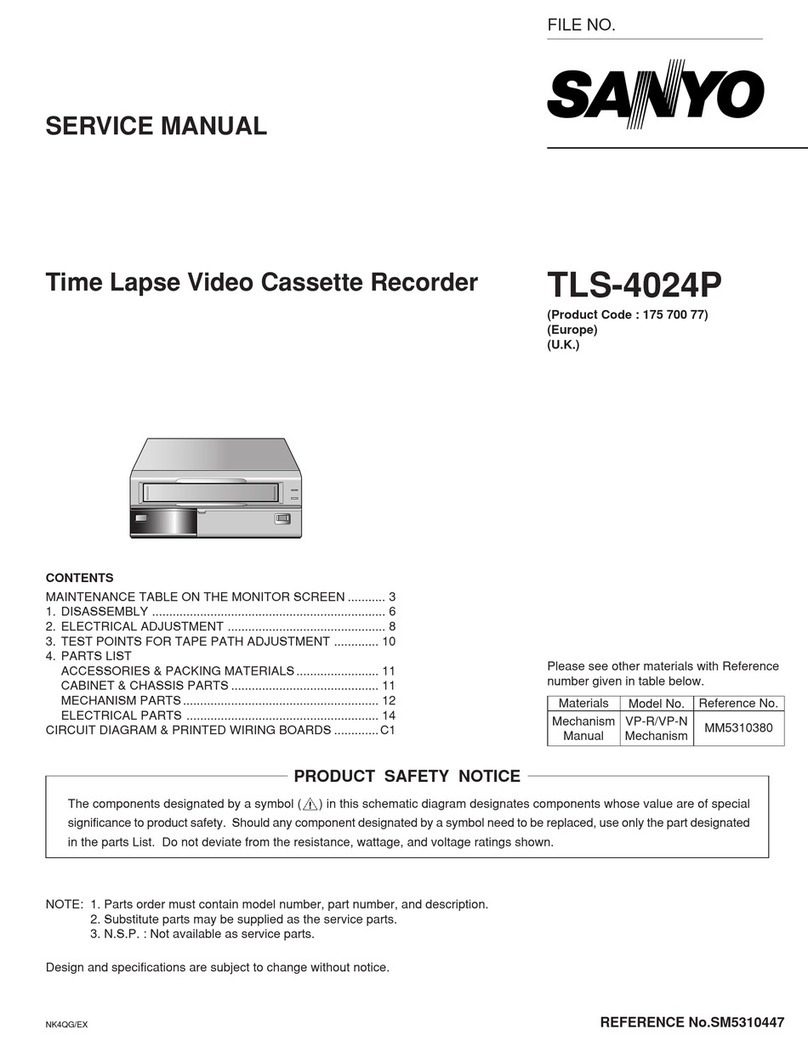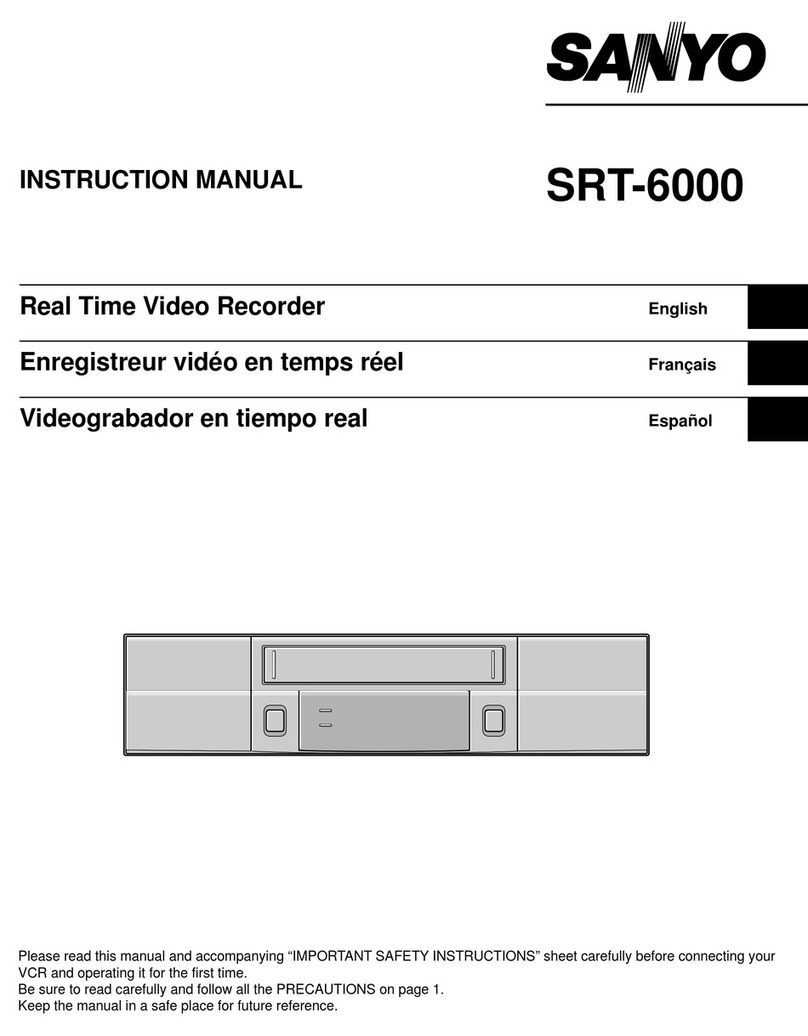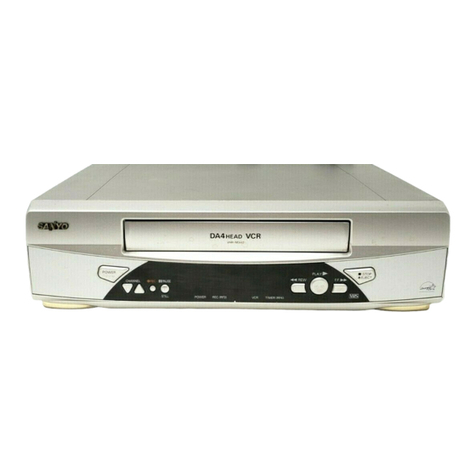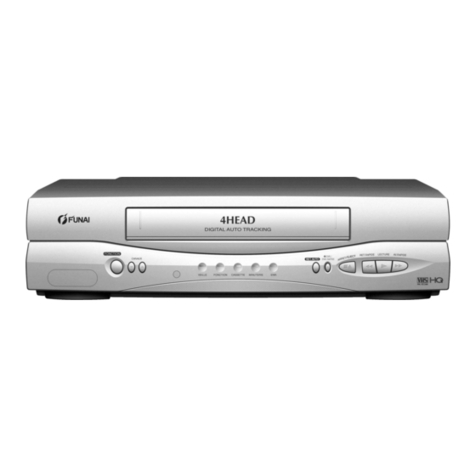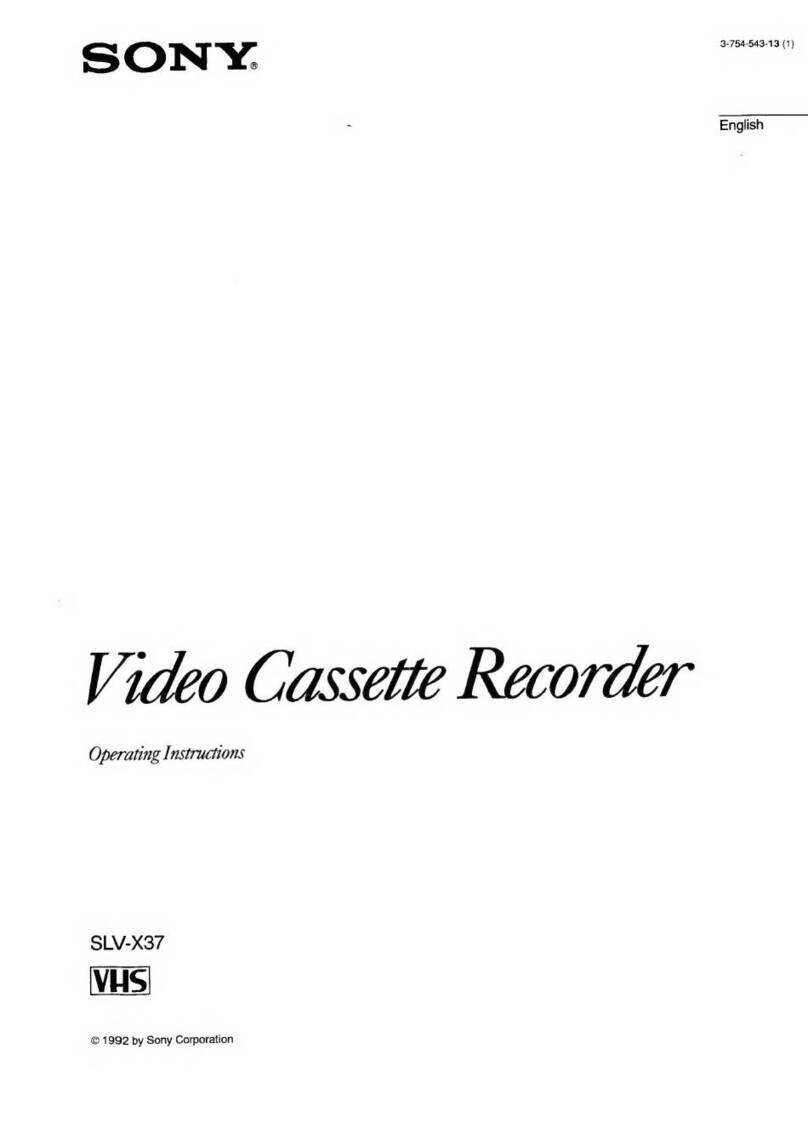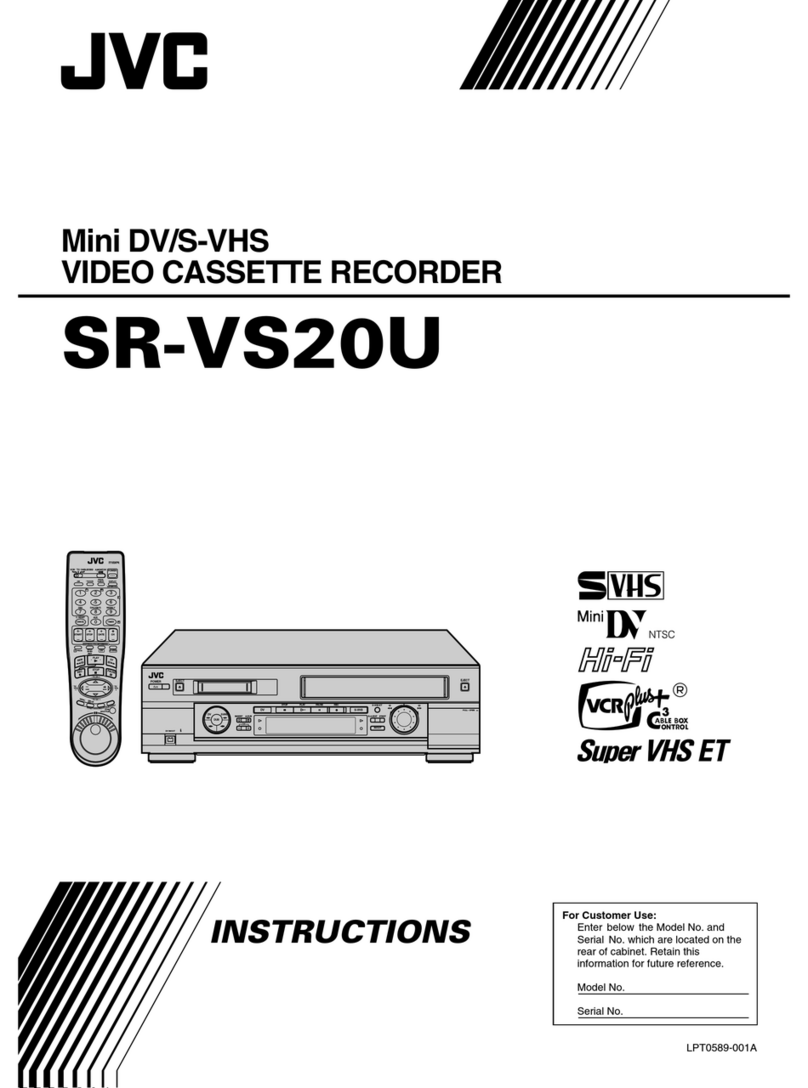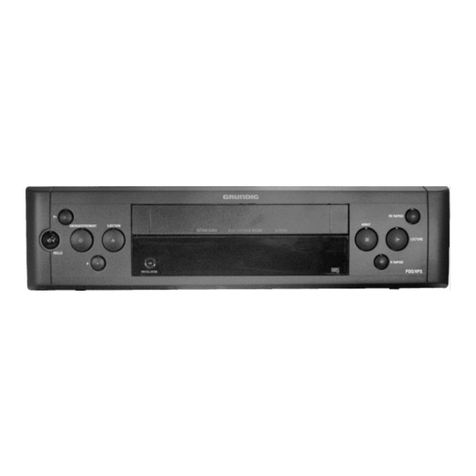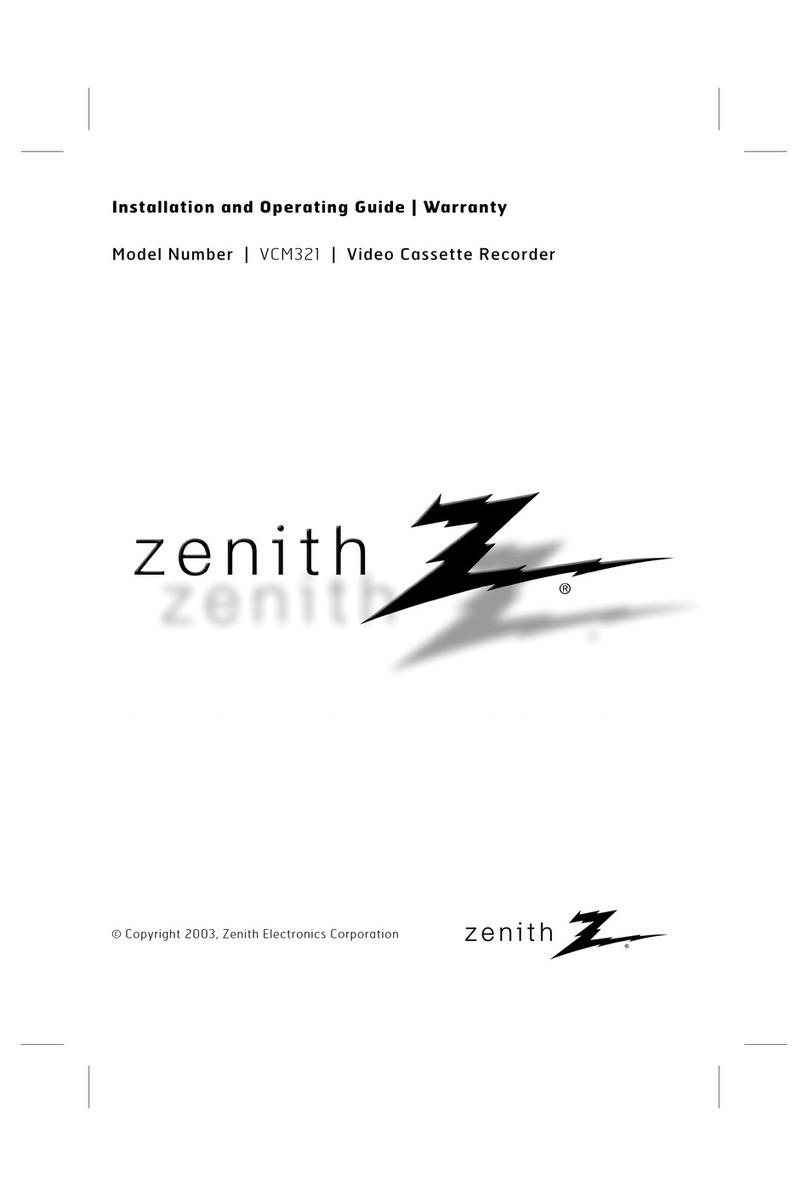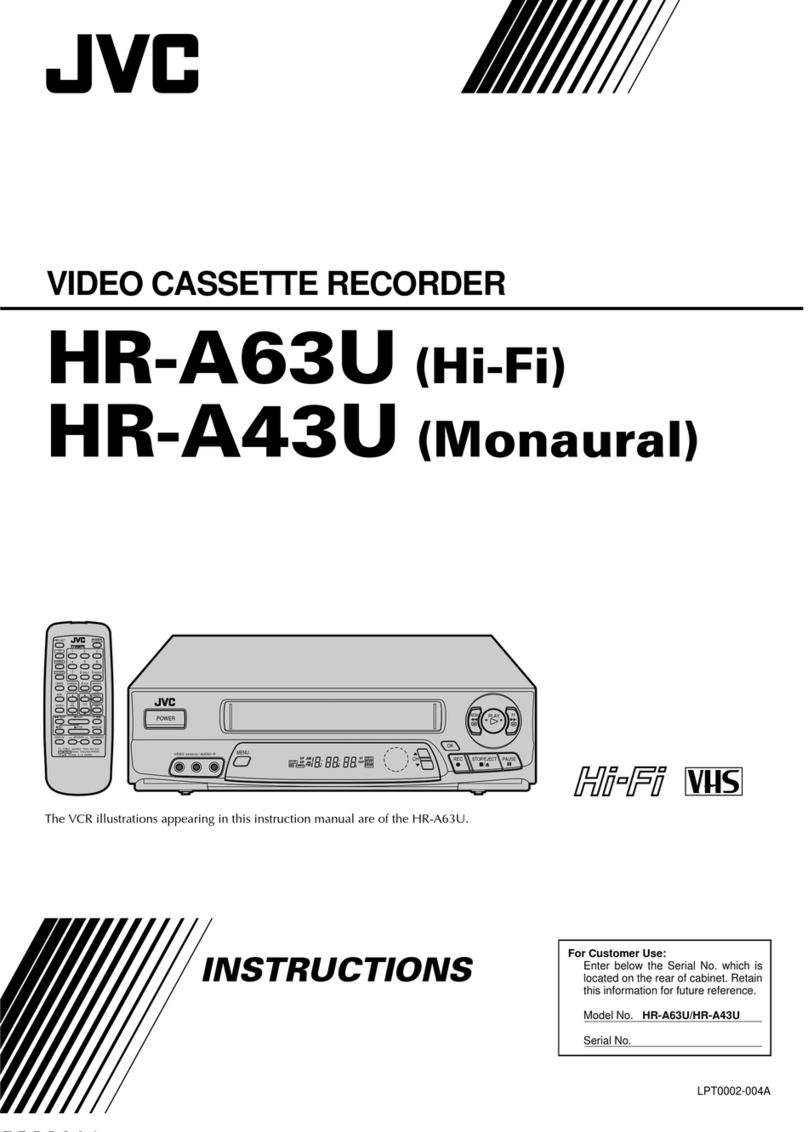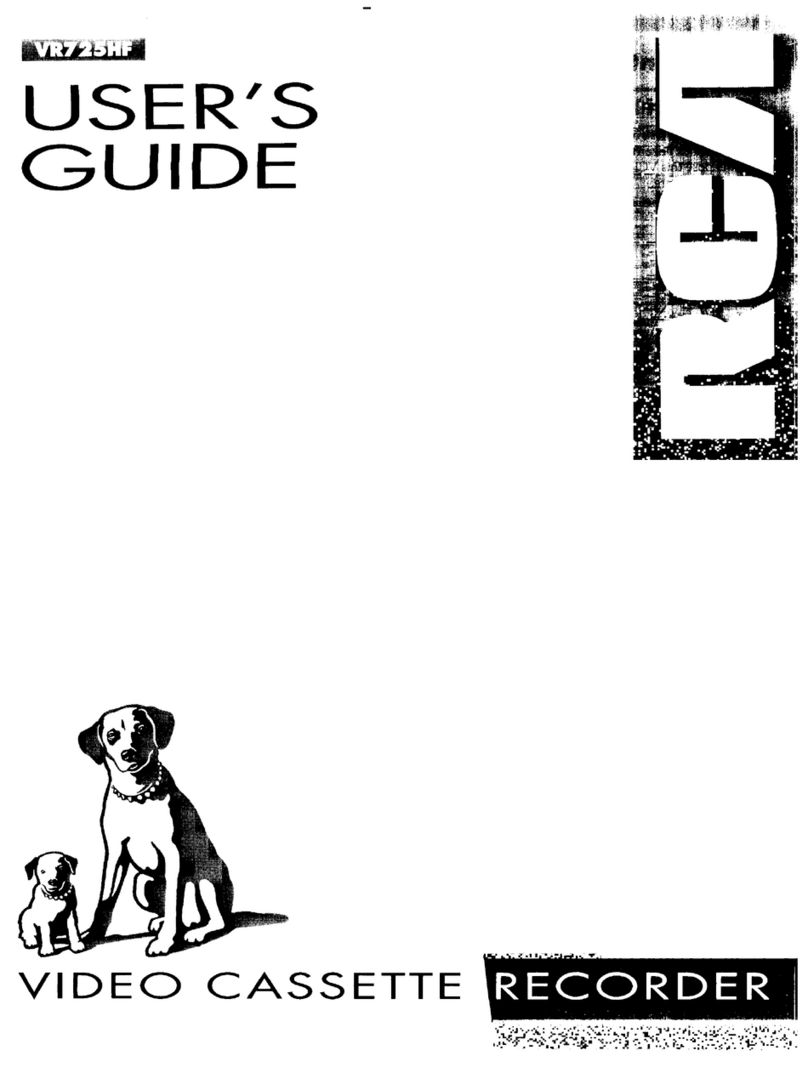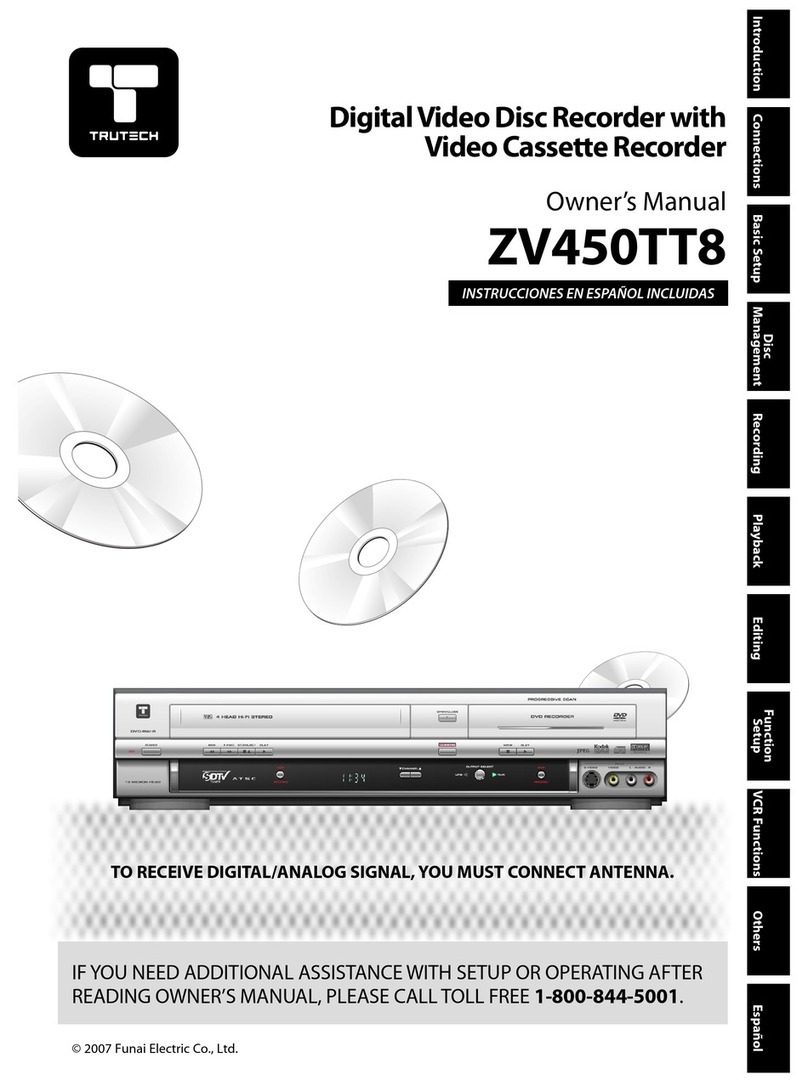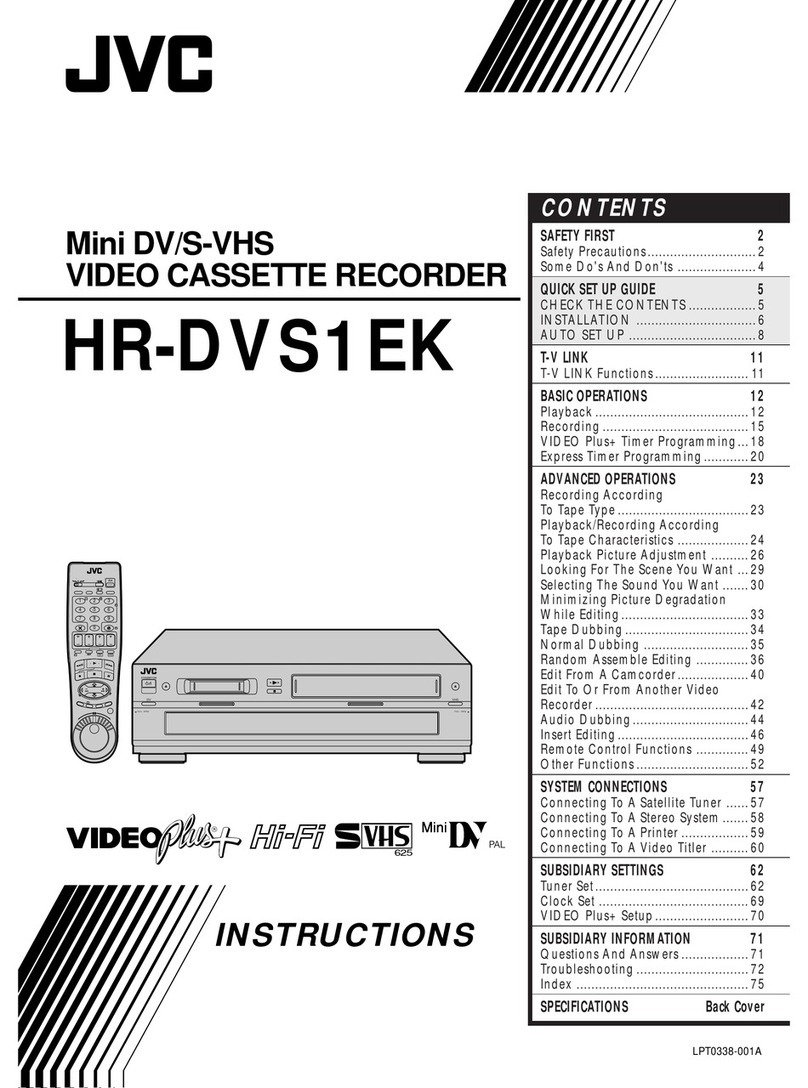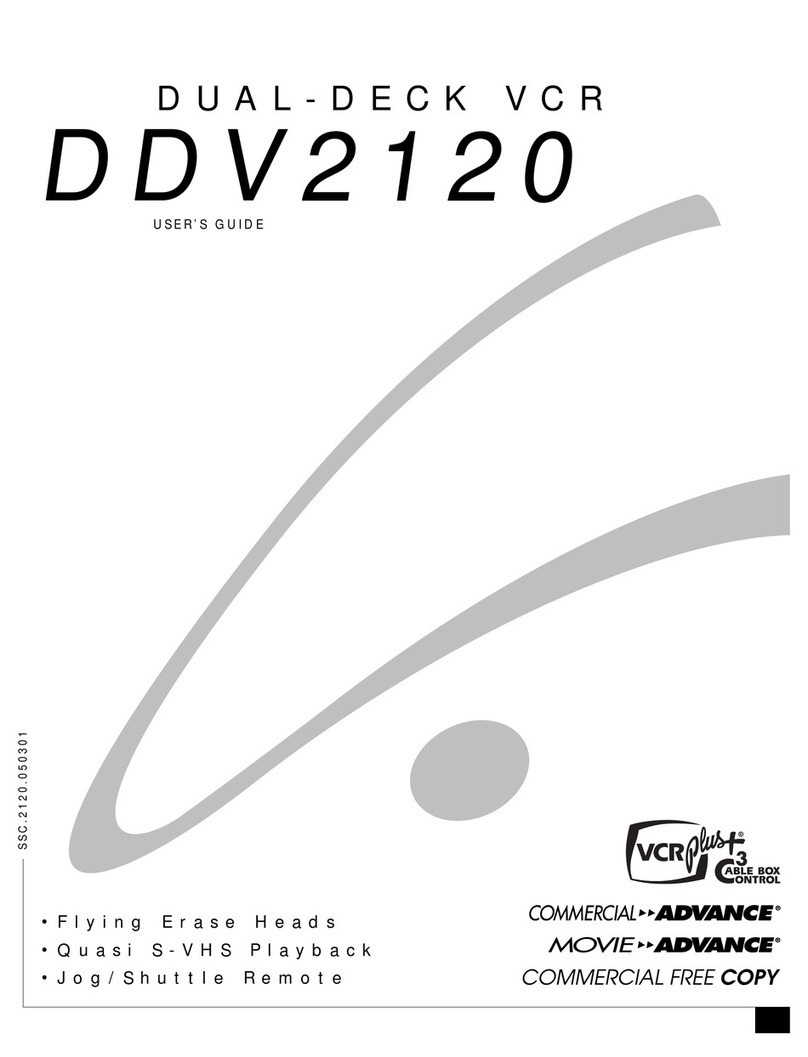• Top View...................................................4-1
• Bottom View ............................................4-1
1. Drum Assembly .........................................4-2
2. Plate Top ...................................................4-4
3. Holder Assembly CST...............................4-4
4. Opener Door .............................................4-4
5. Bracket Assembly L/D Motor.....................4-4
6. Gear Assembly Rack F/L ..........................4-4
7. Arm Assembly F/L.....................................4-4
8. Lever Assembly S/W.................................4-4
9. Arm Assembly Cleaner..............................4-5
10.Head F/E ...................................................4-5
11. Base Assembly A/C Head .........................4-5
12.Brake Assembly T .....................................4-6
13.Brake Assembly RS ..................................4-6
14.Arm Assembly Tension..............................4-6
15.Reel S / Reel T..........................................4-6
16.Base Assembly P4 ....................................4-7
17.Opener Lid ................................................4-7
18.Arm Assembly Pinch .................................4-7
19.Lever T/up / Arm T/up ...............................4-7
20.Belt Capstan/Motor Capstan.....................4-8
21.Lever F/R ..................................................4-8
22.Clutch assembly D35 ................................4-8
23. Brake assembly Capstan .........................4-8
24.Gear Drive/Gear Cam ...............................4-9
25.Gear Sector...............................................4-9
26.Plate Slider................................................4-9
27.Lever Tension............................................4-9
28.Lever Spring..............................................4-9
29.Gear Assembly P2/
Gear Assembly P3 ..................................4-10
30.Base Assembly P2/
Base Assembly P3 ..................................4-10
31.Base Loading ..........................................4-11
32.Base Tension ...........................................4-11
33.Arm Assembly Idler Jog ..........................4-11
• Tools and Fixtures for Service.............4-12
1. Mechanism Alignment Position Check....4-13
2. Preparation for Adjustment......................4-14
3. Checking Torque .....................................4-14
4. Guide Roller Height Adjustment..............4-15
4-1. Preliminary Adjustment ....................4-15
4-2. Precise Adjustment ..........................4-15
5. Audio/Control (A/C) Head Adjustment ....4-16
5-1. Preliminary Adjustment ....................4-16
5-2. Confirmation of Tape Path between
Pinch Roller and Take-up Guide .....4-17
5-3. Precise Adjustment(Azimuth Adjustment)
.........................................................4-17
6. X-Value Adjustment .................................4-17
7. Adjustment after Replacing Drum Assembly
(Video Heads) .........................................4-18
8. Check the Tape Travel after Reassembling
Deck Mechanism.....................................4-18
8-1. Checking Audio and RF Locking Time
during Playback after CUE or REV
.........................................................4-18
8-2. Checking Tape Curling or Jamming
.........................................................4-18
1. Check before starting Repairs ................4-19
2. Required Maintenance ............................4-20
3. Scheduled Maintenance..........................4-20
4. Supplies Required for Inspection and
Maintenance............................................4-20
5. Maintenance Procedure ..........................4-20
5-1. Cleaning...........................................4-20
5-2. Greasing ..........................................4-21
1. Deck Mechanism.....................................4-23
2. Front Loading Mechanism.......................4-26
1. Front Loading Mechanism Section .........4-28
2. Moving Mechanism Section (1)...............4-29
3. Moving Mechanism Section (2)...............4-30
SECTION 4 MECHANISM
DECK MECHANISM PARTS
LOCATIONS
DECK MECHANISM ADJUSTMENT
MAINTENANCE/INSPECTION
PROCEDURE
EXPLODED VIEWS
CONTENTS
DECK MECHANISM
DISASSEMBLY
MECHANISM TROUBLESHOOTING
GUIDE
